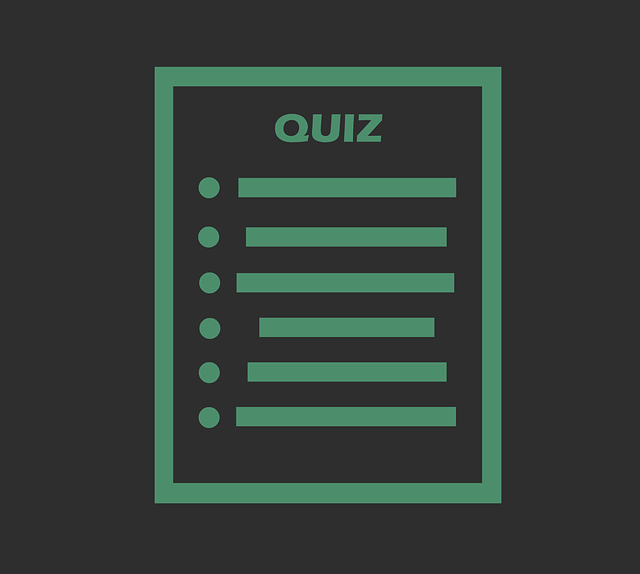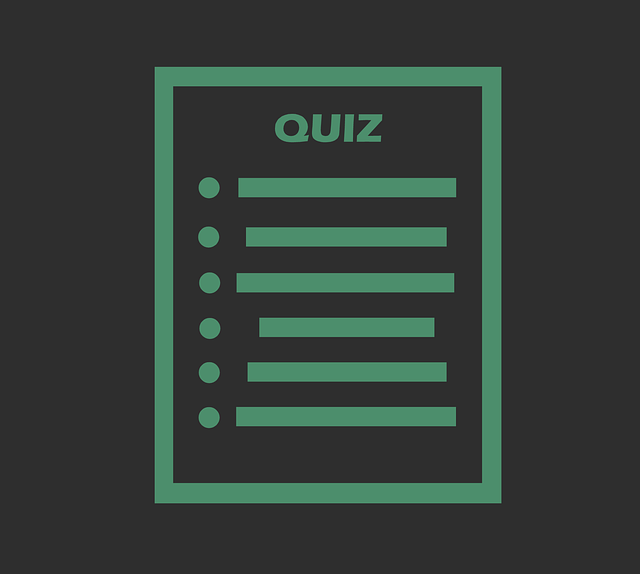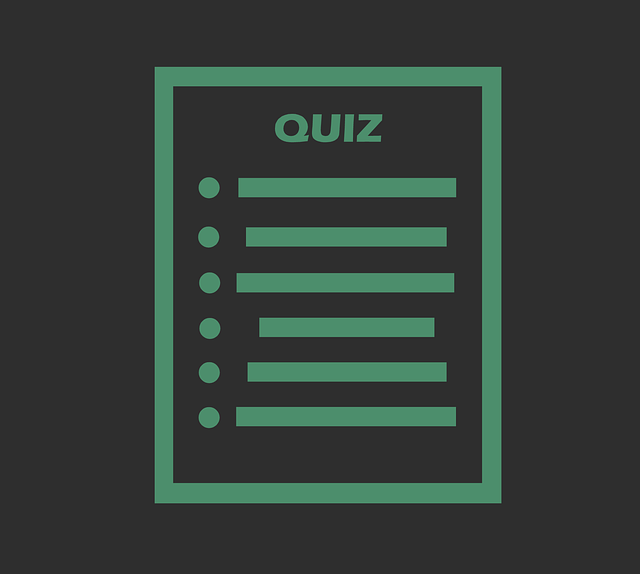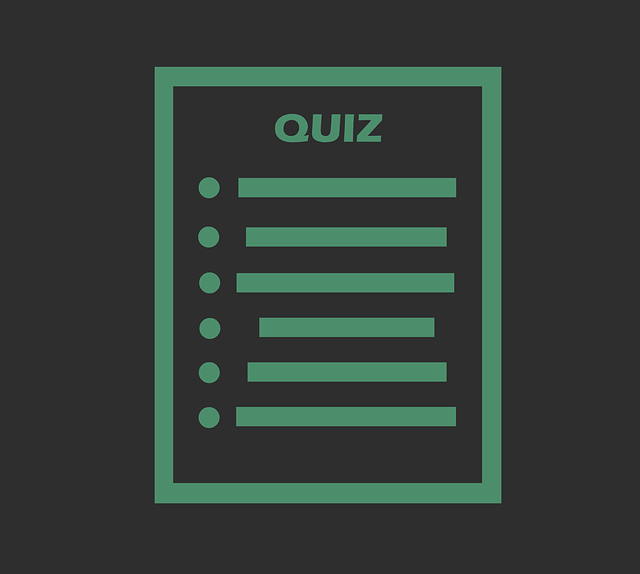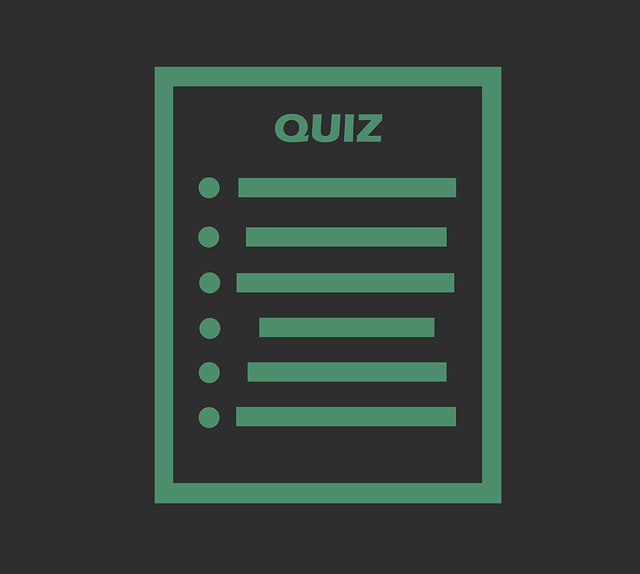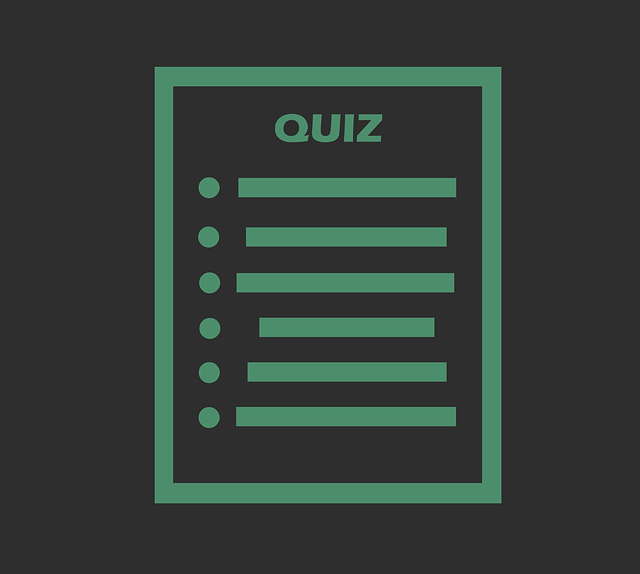In this blog you will find the correct answer of the Coursera quiz A Life of Happiness and Fulfillment Coursera week 2 Quiz mixsaver always try to bring the best blogs and best coupon codes
1. Since there isn’t a direct way by which you can give yourself a score between 1 and 10 for the self-graded assignment #2 (expressing gratitude exercise), we have designed this rather roundabout way of doing so.
Below, you will find a list of 10 “questions” and two options for each question. Please check the 1st of these two options if you want to give yourself 1 point. You will get as many points as the number of 1st options you check.
So, if you believe that you deserve to get a score of 7 (out of 10) for this assignment, check the 1st option for 7 of the 10 questions below, and select the 2nd option for 3 of them.
Note that, whenever you check the 2nd option, you will receive feedback that your response was “incorrect.” Ignore this feedback. Like we said earlier, since there aren’t any options on Coursera (yet!) for self-grading, we had to invent this rather roundabout way of doing it!
Here’s how you would arrive at the score you deserve for this exercise:
The exercise can be thought to consist of 3 main components:
i. Writing the letter of gratitude
ii. Expressing the gratitude (i.e., emailing it, conveying it over phone or face-to-face), and
iii. Recording how one felt as a result
If you completed the 1st component, give yourself 5 points.
If you completed the 2nd component, give yourself another 3 points.
If you completed the 3rd component (even if you only did it on the discussion forum), give yourself another 2 points.
Final and very important note: You will need to check at least one of the 10 options for you to “pass” this assignment and continue with the course. So, even if you haven’t started this exercise (and don’t intend to complete it), give yourself a score of at least 1 point (or 10%) by checking the 1st option for one of the 10 questions.
Thanks, and if you happen to have any questions, please post them on the “assignments” link under the discussion forum.
1.Question 1
- I would give myself 1 point out of 10
- I would not give myself any points for this question
2.Question 2
- I would give myself 1 point out of 10
- I wouldn’t give myself any points for this question
3. Question 3
- I would give myself 1 point out of 10
- I wouldn’t give myself any points for this question
4.Question 4
- I would give myself 1 point out of 10
- I wouldn’t give myself any points for this question
5. Question 5
- I would give myself 1 point out of 10
- I wouldn’t give myself any points for this question
6. Question 6
- I would give myself 1 point out of 10
- I wouldn’t give myself any points for this question
7.Question 7
- I would give myself 1 point out of 10
- I wouldn’t give myself any points for this question
8.Question 8
- I would give myself 1 point out of 10
- I wouldn’t give myself any points for this question
9.Question 9
- I would give myself 1 point out of 10
- I wouldn’t give myself any points for this question
10. Question 10
- I would give myself 1 point out of 10
- I wouldn’t give myself any points for this question
Quiz-1
1. Which of the following was NOT mentioned by Prof. Ed Diener (“Dr. Happiness”) as a reason why self-reports (of happiness) are a reliable measure of happiness:
- Self-reported happiness is correlated with reaction times to good and bad things
- Self-reported happiness is correlated with left-prefrontal activity
- Self-reported happiness is correlated with objectivity
- Self-reported happiness is correlated with cortisol levels
2.In “Life Goals” surveys, happiness always emerges as a top goal. Which goal was it tied with in the survey that Prof. Raj conducted with Sunaina Chugani and Ashesh Mukherjee?
- Great/Fulfilling Relationships
- Physical Health
- Career Success
- None of the above
3.Which of these refers to the “Fundamental Happiness Paradox”?
- People rate happiness as a top priority and yet don’t act in happiness maximizing ways
- Things like need for superiority and need for control do increase happiness in the short-run—but not in the long-run
- Happiness is personal and subjective and yet, there is widespread agreement on what it means
- The more feverishly you seek happiness, the more it eludes you
4.In the “real-world” job-choice study with MBA students, which of the following findings rules out the possibility that the students chose the “extrinsically motivating” job because that’s the happiness-maximizing option?
- Students’ preferences were more in line with what one would expect from a materialistic culture
- Preference for extrinsically motivating job was higher when using the projective technique
- Amount of outstanding debt made no difference in preference for extrinsically motivating option
- The students preferred the intrinsically motivating job in “Stage 1” of the experiment (when they were not experiencing the stress of job interviews)
5. Which of these is an example of the projective technique?
- When you ask participants to guess how others would respond to a question
- When you ask participants to respond to an artificial situation that they have never experienced before
- When you ask participants to guess how they would respond in the future to a situation
- When you ask participants to guess how others would guess they (that is, the participants) would respond to a question
6.Which of the following was NOT discussed as a misconception that people harbor about happiness?
- Happiness leads to delusion
- Happiness leads to selfishness
- Happiness leads to laziness
- Happiness is fleeting
7. Barbara Fredrickson’s theory that happiness has a “broadening effect” explains which of the following phenomena the best:
- Why happiness leads to creativity (and to success)
- Why happiness leads to better quality relationships
- Why happiness leads to altruism
- Why happiness leads to longevity (i.e., to living longer)
8. Which of the following statements is the closest approximation to “medium maximization”?
- The lack of money is the root of all evil – Mark Twain
- Money is what money does – unknown
- There are people who have money and there are those who are rich – Coco Chanel
- Money is only a tool – Ayn Rand
9. The “fluency effect” is most closely related to which of the following reasons why we devalue happiness?
- Medium maximization
- Happiness is too abstract
- We harbor misconceptions about happiness
- None of the above
10. Which of the following are the two components of the 1st happiness exercise?
- Measuring and valuing happiness
- Prioritize—but don’t pursue—happiness
- Defining and incorporating happiness
- Creating and storing happiness
11.Why do we seek Superiority?
- Because it gives us confidence that we are making adequate progress towards goals (and towards mastery)
- Being superior makes us disapprove of others
- It makes us materialistic
- All of the above
12. Which of the following reason(s) explain(s) why seeking superiority lowers happiness levels?
- “Adaptation”
- “Envy”
- “Materialism”
- All of the above
13. Which of the following reasons explains why seeking superiority lowers chances of succeeding in intellectual/creative tasks but does not do so in more mechanical tasks?
- It separates you from others
- It leads to hubristic pride
- It lights a fire under your backside
- It takes away part of the brain’s processing capacity
14. According to the discussions in the video lectures, what is the one “pro” (or positive aspect) of the need for superiority from the perspective of someone who wishes to be productive/successful?
- It makes you aim high and those who aim high end up achieving more
- It makes you feel envious, which can be a huge driver of creativity
- It makes the others respect you more (and they are therefore likely to obey you more, even if they don’t like you)
- It makes you more motivated to set and pursue goals
15. In the video lectures, which of these was NOT discussed as a characteristic feature of flow?
- Flow happens when one is least expecting it
- Focus on the present (the next sub-goal or sub-sub-goal)
- Lack of self-consciousness
- Paradoxical perception of time
16.When is flow most likely?
- When “required ability” is just above “available ability”
- When you are engaged in something that you like, but may not have talent in
- When you are engaged in something you have talent in, but may not like
- When you are engaged in something that you have talent in and you like it
17. Which of these is a reason why flow enhances happiness?
- Flow (10,000 hours or so of flow, to be precise) is a critical determinant of mastery
- Flow makes you better liked by others
- Flow moments are enjoyable
- All of the above
18. According to Prof. Steven Tomlinson, to (re)gain a sense of fulfillment and happiness at work, you should do something that ideally lies at the intersection of which aspects?
- What you enjoy, what you are good at, what the world needs, and what you will be paid for
- What the world needs, and what you will be paid for
- What you are good at, and what the world needs
- What you enjoy, and what you are good at
19. Which of the following strategies comes closest to what Prof. Herminia Ibarra (author of Working Identity) recommends for getting flow back into your work life?
- Pursue hobbies that give you flow
- Wait till your children start earning the big bucks and ask them to get you a fulfilling job
- Spend a few hours every week doing the thing that you find meaningful and take it from there
- Quit your current job immediately and start doing what you find most meaningful (the more you delay, the more difficult it will be to find flow at work)
20. Prof. Sonja Lyubomirsky calls which of these a “meta strategy”?
- Being forgiving
- Expressing gratitude
- Making happiness enhancing decisions
- Self-compassion
Important link:
- A Life of Happiness and Fulfillment Coursera week 1 Quiz
- A Life of Happiness and Fulfillment Coursera week 3 Quiz
- A Life of Happiness and Fulfillment Coursera week 4 Quiz
- A Life of Happiness and Fulfillment Coursera week 5 Quiz
- A Life of Happiness and Fulfillment Coursera week 6 Quiz
